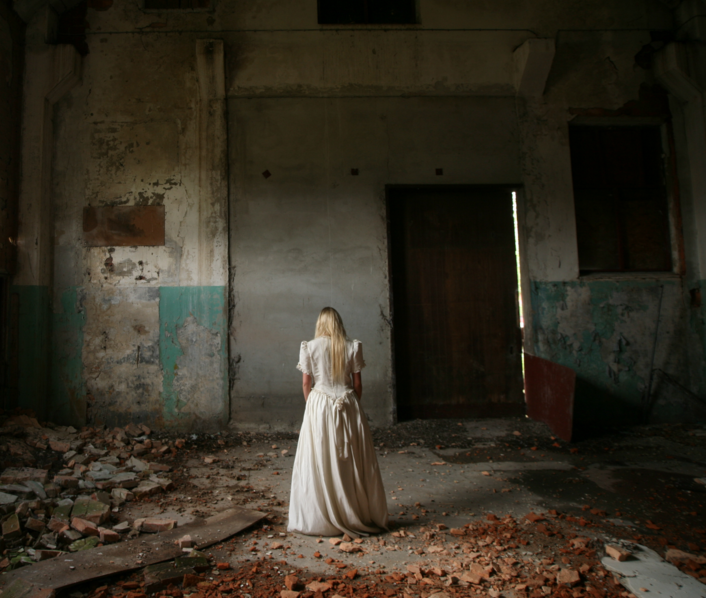
Wounds matter in life and in fiction. We’ve all been hurt in some way and to some degree. Just goes with being human.
Admitting weakness, failure, mistakes, and flaws isn’t always easy. In fact, it can be downright terrifying for even the ‘strongest’ of us. It’s an especially daunting task in a world that idolizes something none of us will ever be…perfect.
Wounds are part of the human experience. When we understand the nature of wounds, our fiction becomes all the richer just by adding in these layers.
All genres and all stories require wounds. No wound and no story. Even The Little Engine That Could had self-esteem issues and a confidence problem 😉 .
Wounds provide friction vital for conflict. No conflict, no story. Conflict turns pages, sells books, and cultivates fans. Remember, last time, we discussed how the market is BEYOND GLUTTED with BAD STORIES? How can we possibly stand out in against millions of titles, when even the ROBOTS are competing?
No one wants literary meatloaf. Boring=DEATH
One tried and true way to stand apart is the ‘No, duh.’ Tell AMAZING stories. We MUST come up higher. Again, no one wants literary meatloaf. This said, one of the BIGGEST weaknesses I see as an editor is writers holding back. You cannot afford to be meh. Definitely not in fiction. Wounds are THE best way to sell a story and cultivate an audience, especially these days.
Which is fine, because we are all feeling a bit damaged lately—writers & readers—so it is wonderful to escape in a story where a) the characters are wounded, too b) we can relate and maybe work through our demons and drama and c) there is resolution (and maybe even a happily-ever after!).
The entire point of stories is a flawed character overcoming some internal issue (damage) in order to triumph over an external problem. It’s why readers read fiction.
Undamaged characters aren’t simply boring, but the audience won’t be able to relate with them. How can we empathize with someone who lacks a past? Who’s never made a mistake, has no regrets, or has lived a charmed and problem-free life?
Short answer? We can’t.
In fact, the more messed up a person (or character) is, often the more interesting they become. Give them a shameful past, enough secrets to stress out Homeland Security, and more skeletons in the closet then a royal family. Audiences LIKE messed up people because they are a) the same but different (usually) b) they are unpredictable c) they inject excitement/drama into the everyday.
Remember Fight Club? When we meet the narrator and MC, he is dull as dirt…until MARLA. Who makes TYLER DURDEN emerge. So even if your character is a Safe Susan or Dull Dave, toss a lunatic character (and their peaceful, quite lives) into a blender then hit HIGH and watch the FUN.
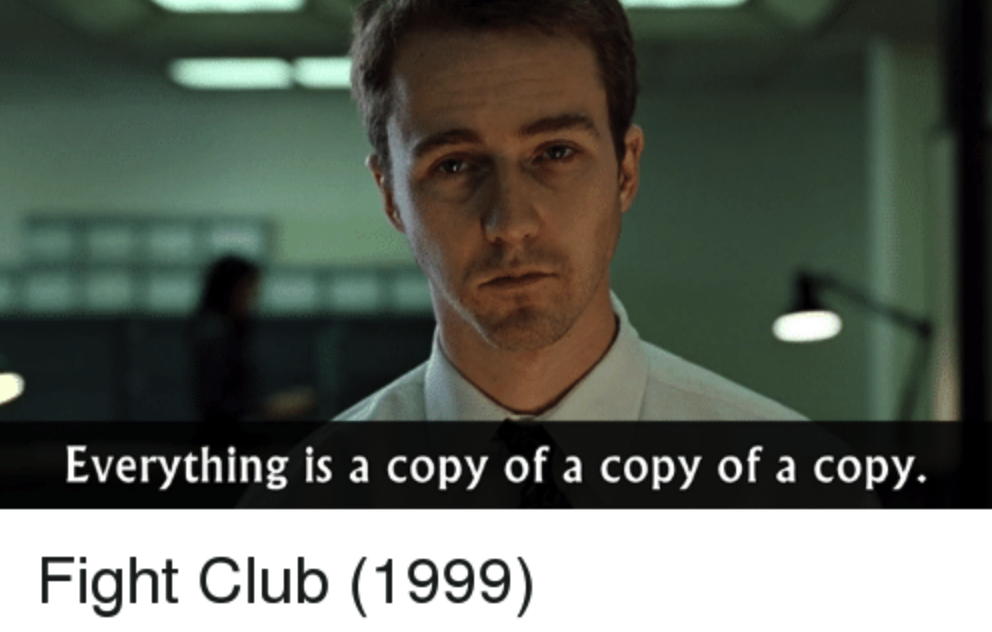

Suffice to say that, today we will talk some about craft, and next time I have some completely new content regarding how to build your platform, identify your readers then connect with them and build a thriving fan base. It is a topic I have kept solely for classes and conferences, so should be fun.
Moving on!
Wounds: Genre Dictates Damage
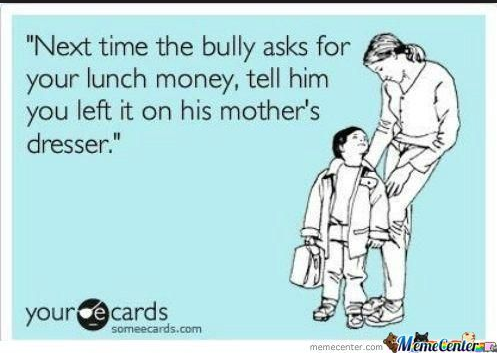

All this said, the wounds we (writers) create need to fit the genre because genre acts as a guideline for reader expectations. Our goal as authors should be to meet then exceed reader expectations.
Stories are all for the reader or should be, which is why genre constraints can be very helpful for writers.
No one expects a cozy cupcake mystery to explore the nature of evil. Readers who gravitate to this genre are wanting a lighter read and will resent us playing Dostoyevsky.
Conversely, if a reader is in the mood for a story that probes the depths of the human condition, they’re probably not picking up a novel about a cupcake baker who solves local crimes.
Many emerging writers often shy away from damaged characters and use genre as an excuse to avoid the uncomfortable. Big mistake.
A cozy cupcake mystery can give the reader the light entertainment she craves and also offer emotional resonance she needs…without being Crime, Punishment and Cupcakes (though that’s a killer title, LOL).
When we understand wounds better, it helps us cultivate layered characters who’ll make for page-turning stories, regardless of genre. Let’s look at some common sources for wounds.
Pain of Perfect
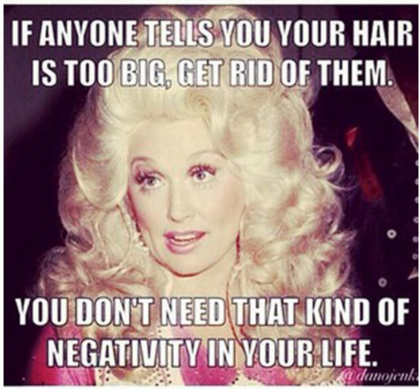

First, what is perfect? Good question. Humans all across time and in every culture idolize perfect (always have and always will) though what perfect is varies vastly and changes all the time.
Just take a moment to google female beauty standards across the ages and it’s easy to see how, while the world around us might change, people don’t.
We are still ridiculous.
The ancient Incas thought being cross-eyed was super sexy. RAWR. They often fitted infants with a plank between their eyes to artificially create this ‘natural’ beauty for those unlucky enough to be born with ‘normal’ eyes. Ancient Greece was hot for the unibrow.
From ideal body type to what constitutes success to what constitutes normal or abnormal is in constant flux, and is different everywhere. It even varies from household to household depending on culture, and you got it…wounds.
This is where writers can have a lot of fun creating mayhem in fiction.
Wounds: Pain of Falling Short


No matter what genre we write, a character failing to ‘live up to’ some ideal is gold.
Maybe your character has spent a lifetime being measured against the ‘perfect’ older sibling, and struggles with self-esteem. This character might flounder trying to create his/her own distinct identity.
Or flip it.
What if the character happens to be the ‘perfect’ older sibling? This character didn’t ask for family or outsiders to pick on his or her younger sibling for not being as smart, talented, pretty, ambitious, etc.
This character never asked to be the standard unit of measurement to judge another human being. How much guilt might come with that? Think of the pressure or even the fear of being exposed as a ‘fraud’?
Also, we have another ‘person’ who lacks a distinctive identity. While we have two very different ‘people’ both characters are defined in relation to the other.
Outsiders have denied agency to both. It’s amazing how something as simple as birth order can create a wound that drives characters and their decisions (good and bad). And notice how this works no matter the genre. From pulp science fiction to an epic Joe Abercrombie A Little Hatred high fantasy (mixed with a smidge of steampunk), this formula WORKS.
Retell an old story using just this framework as a mental exercise, and you’ll see what I mean.
How does Little Red Riding Hood change if she has an older sister who usually does the deliveries to Grandma? What if the Three Little Pigs are actually embroiled in a desperate war of sibling rivalry? Who are they building the houses to impress? How would Sleeping Beauty feel from the POV of the illegitimate and (TRUE) first daughter of the king, condemned to always be in the shadow of the beautiful, cursed little sister?
Just LOOK at how fun these old worn out stories become with a fresh new spin! Take all those battered, broken parts the world likes to throw away and refashion them into something powerful.
We see this sort of sibling wound explored in everything from The Joy Luck Club (literary fiction) to Game of Thrones (epic high fantasy) to one out of every three Hallmark movies 😉 .
Wounds & the Diseased Family Tree
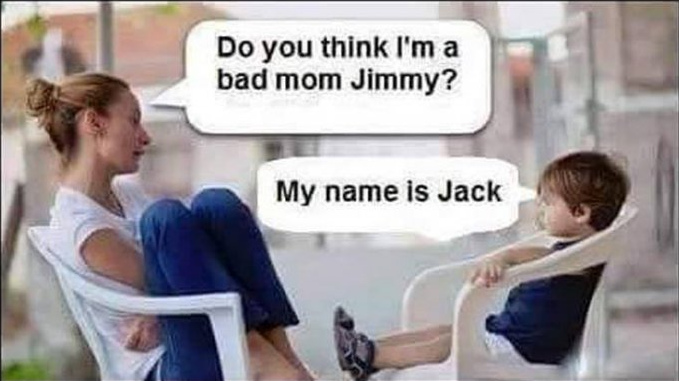

Since we’ve all managed to survive a pandemic, many of us recall what it was like to be trapped in close quarters with loved ones. How we might have even become more hyperaware of old wounds that hadn’t healed at all or had healed improperly.
BOOM!
We touched a bit on family damage a moment ago in regards to ‘perfection.’ Family damage can come in many forms.
Joe Hill’s Heart-Shaped Box does a brilliant job of exploring the ‘anti-goal’ which is a common fruit of the diseased family tree.
Judas Coyne is a famous rockstar, wealthy beyond imagination who has everything (including a lot of emotional baggage). Hate, anger and resentment fueled his incredible success, yet false guilt and profound shame keep him from enjoying any of it. A vengeful ghost determined to destroy him body and soul might be the only thing with the power to liberate Coyne from his emotional bondage.
Sometimes the diseased family tree is not as obvious. Often, parents believe they’re giving their children the best, but are actually deluded about the nature of their motives….
Rich Girl Problems
In The Luckiest Girl Alive, TifAni’s mom is superficial, materialistic, and self-absorbed. Her father is an emotionally absentee ghost who resents his life. Her mother pushes for TifAni to attend an elite prep school to give her daughter all the opportunities she missed (code for ‘marry real money’). Dad doesn’t have the spine to stand up and say ‘no.’
Both parents are too self-centered to realize TifAni in that school is a ticking bomb.
Of course, not every character needs to grow up in Season Ten of The Jerry Springer Show in order to take on some damage. The road to therapy is paved with good intentions.
Parents are human, too.
What Alice Forgot by Liane Moriarty explores how the best of intentions can poison everything.
Life Wounds All
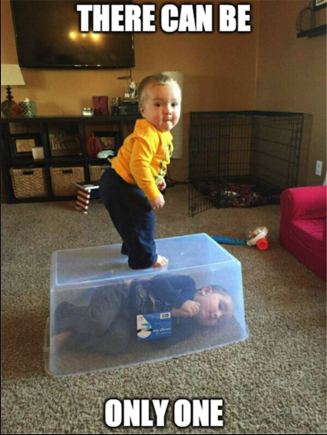

Life has 100% fatality rate. No one gets out alive. Also we’re all going to get hurt somewhere by someone (and hurt others, too). Thing is, life is all…pointy.
If family doesn’t make us bleed, then school, peers, romantic interests, work colleagues, social media, well-meaning editors, book reviews, or plain bad luck will.
I know. I missed my calling writing inspirational cards 😛 .
Why am I talking about all this? Because of what we JUST talked about. Writers have more ‘competition’ than any other time in human history. With no gatekeepers, discoverability is a nightmare. There are a gazillion choices for books and most of them (like cable channels) are a waste of what little free time we have.
More is Not Always Better
From movies to television to books, audiences are deluged with tired tropes, boringly predictable plots and characters with the emotional depth of a goldfish. We can see this ‘glut of meh’ as a problem or use it for our advantage.
If we know why readers read, what they want, then we can work hard on what matters.
Readers long for emotional connection and stories that help them deal with pain, ease their pain or maybe even solve/release their pain. They want hope that messed up people overcome big problems in spite of, or perhaps because of, wounds and flaws.
Audiences yearn to believe that, on the other side of their problems, there is joy, peace, true love, freedom, fulfillment, healing, understanding, wholeness!
Wounds are healed and victory sealed. Who doesn’t want more of THAT?


What Are Your Thoughts?
Getting tired of the same old same old? From Hollywood to books it feels like it’s just the same stuff over and over. I get giddy when I discover something truly excellent. Some of my best therapy and a-ha moments have come from fiction.
What about you?
I love hearing from you!
What are your thoughts? We need to write the stories that change the world because, if one looks back? That’s what writers do. The world is ailing and our stories provide the medicine, if not the cure.
Global politics, the economy, work, one crisis after another! The world needs an escape. WE NEED AN ESCAPE. So can you think of ways to put that imagination to use in ways that will help those Normies out there cracking up?
What are some ways that you can reimagine wounds? Have you had to narrow of a definition? Are there some ways you can think of to delve deeper than the surface? Who are some of your favorite wounded characters from the page and/or the screen?
